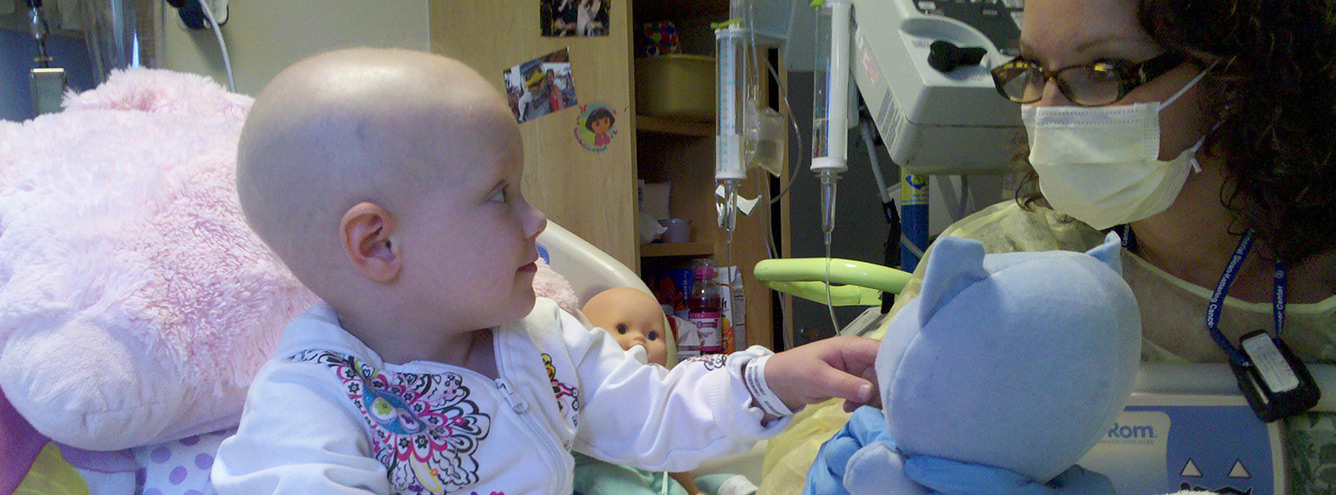About 60% of children have cancer in only one eye, and this is called unilateral retinoblastoma. Most children have only one tumour, but some develop more than one tumour in one eye (multifocal unilateral retinoblastoma).
Most unilateral retinoblastoma is caused by genetic errors present only in the tumour, with no risk to other family members. About 17% of children have a genetic mutation in all cells of their body. This can be inherited and poses increased cancer risks throughout life.
Average Age at Diagnosis
In developed countries, the average age at diagnosis is 30 months, but in Kenya (typical of developing countries), it is 36 months due to poor awareness.
Genetics of Unilateral Retinoblastoma
About 83% of children with unilateral retinoblastoma have the non-heritable form and develop only one tumour in one eye. The remaining 17% have a constitutional RB1 mutation that can be passed from one generation to the next.
When the child is under 12 months old at diagnosis, heritable retinoblastoma is more likely, and cancer may develop in the other eye weeks or months after the initial diagnosis. However, the risk reduces with age. Children older than three years with a known or suspected constitutional RB1 mutation are considered to be at very low risk of developing cancer in the second eye.
About 1.4% of children with unilateral retinoblastoma and no family history have cancer that is not caused by RB1 mutation. These children develop only one tumour that forms due to too many copies of the MYCN gene. This type of retinoblastoma typically occurs in the first six months of life, and is very aggressive. The younger the baby at diagnosis, the more likely they are to have this form of retinoblastoma.
Multifocal Retinoblastoma
Children with more than one tumour in one eye are generally thought to have heritable retinoblastoma. However, it can be difficult to differentiate between true multifocal tumours and large seeds that have developed from a single tumour. Seeds are small fragments that have broken away from the main tumour.
Genetic Testing
Genetic testing is the only way to assess risk to the other eye when the child has one affected eye and no family history. Knowing the child’s genetic status also helps determine risk for brothers and sisters. When genetic testing is not available, siblings should have regular eye exams to ensure that any tumours are found and treated early.


